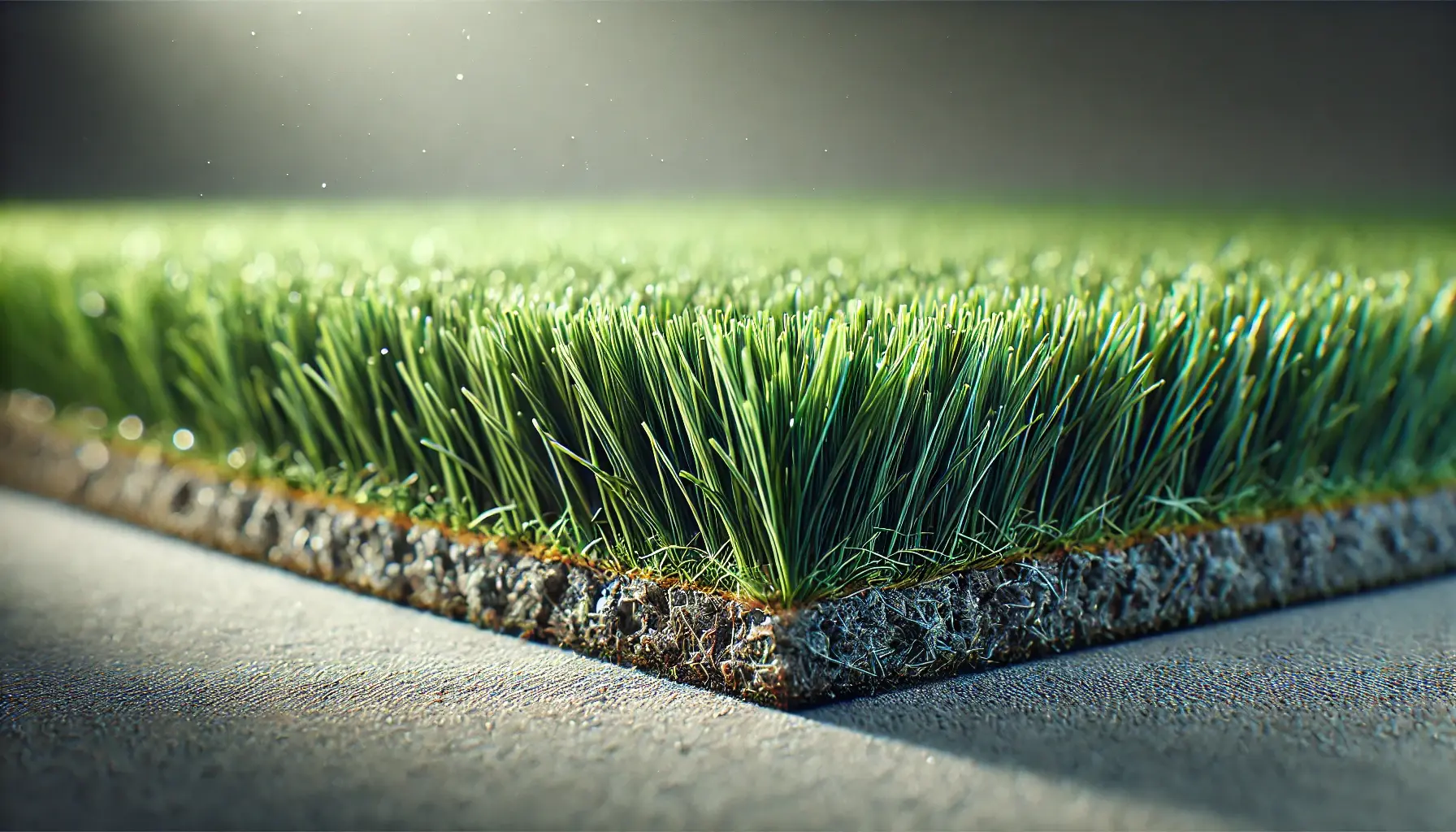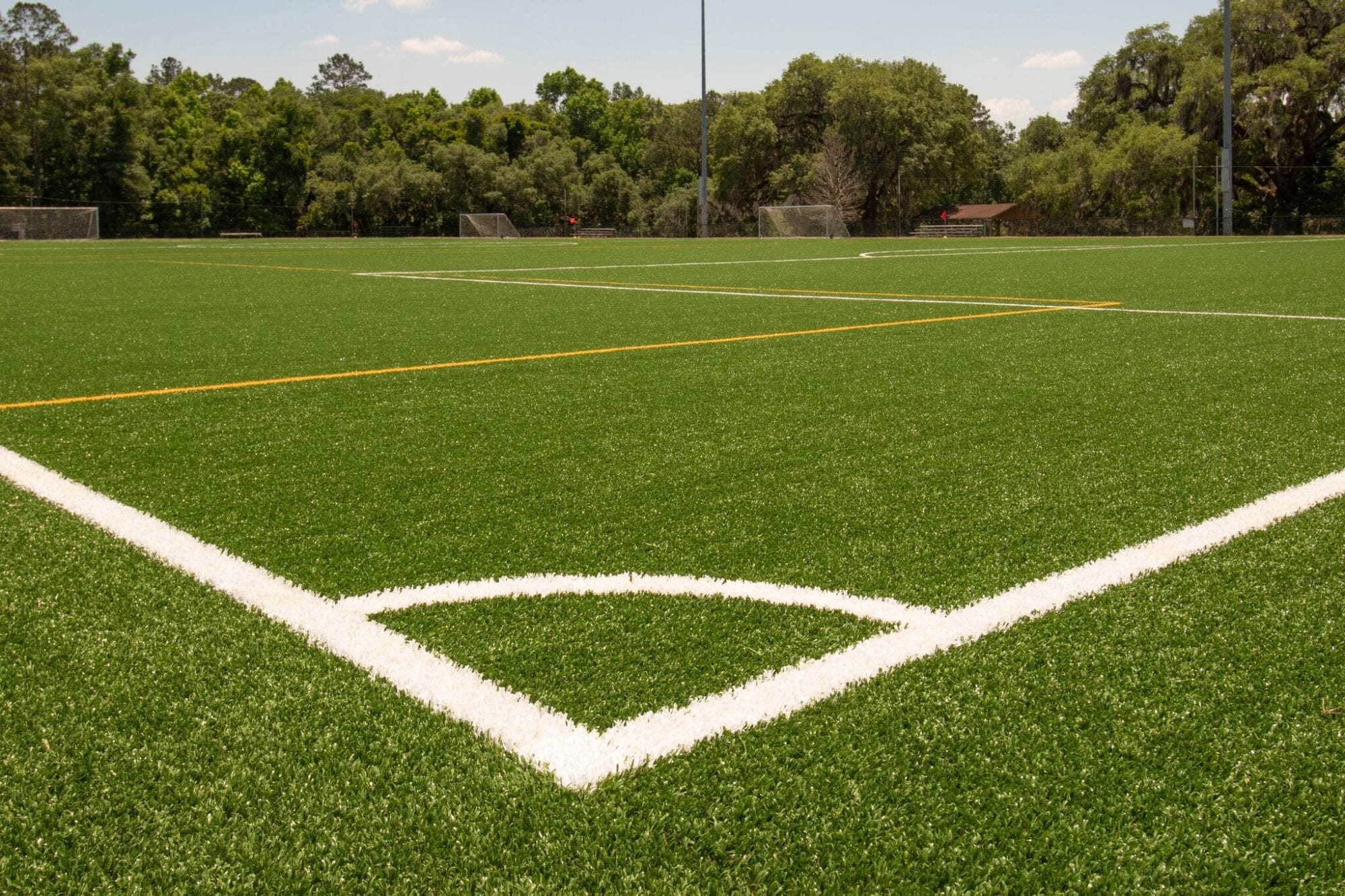Sustainable Arizona Artificial Turf for a Always-Green Lush Green Lawn
Explore the Environmental Benefits of Opting for Synthetic Grass Solutions
The adoption of synthetic turf remedies presents an engaging possibility to deal with pushing environmental obstacles. By significantly minimizing water usage and minimizing the application of harmful chemicals, these options not only promote sustainable landscaping however also secure regional communities.
Water Conservation Advantages
One of the most significant benefits of artificial lawn is its capacity to conserve water. In contrast, synthetic lawn does not need watering, considerably lowering the overall need for water resources.
By getting rid of the need for regular watering, fabricated grass contributes to sustainable landscape techniques and aids alleviate the ecological effect of too much water intake. The conservation of water extends to the reduction of runoff, which can lead to dirt disintegration and river pollution.
In addition, the installment of synthetic grass enables municipalities and homeowners to designate water resources more efficiently, concentrating on important uses such as alcohol consumption water and farming. The change towards synthetic grass not only promotes liable water usage yet additionally lines up with broader ecological objectives targeted at protecting natural deposits.
As areas increasingly focus on sustainability, the water preservation benefits of artificial lawn offer a compelling case for its fostering in commercial and property landscape design tasks.
Decreased Chemical Use
The transition to synthetic grass considerably reduces the reliance on chemical treatments generally used in all-natural yard upkeep. Conventional grass management generally includes the application of herbicides, fertilizers, and pesticides to promote development and control parasites. These chemicals can pose dangers to human wellness, local wild animals, and the environment, adding to dirt and water contamination.
In contrast, man-made lawn eliminates the requirement for these unsafe materials. By minimizing the launch of artificial substances right into the ecological community, man-made lawn advertises much healthier dirt and water systems.
In addition, the lack of chemical drainage related to artificial lawn installments aids shield neighborhood rivers from air pollution, sustaining marine life and keeping biodiversity. Arizona turf. As areas significantly focus on lasting methods, choosing for man-made grass provides a sensible service that aligns with ecological preservation objectives. Via this change, homeowner can enjoy rich green spaces without compromising environmental health and wellness, paving the means for a more sustainable future
Reduced Carbon Footprint

In addition, the installation of artificial lawn can lead to substantial water preservation. All-natural yards call for significant amounts of water for irrigation, which not only contributes to the carbon footprint related to water removal and treatment yet also strains regional water sources. On the other hand, synthetic grass needs minimal maintenance, needing no watering, therefore substantially lowering water usage and have a peek at this site its associated energy costs.
Furthermore, the durability of fabricated lawn adds to its lower carbon impact. With a lifespan of up to 15 years or more, the need for frequent replacements is reduced, causing much less waste and reduced power usage in production and taking care of conventional yard alternatives. On the whole, fabricated turf provides a lasting alternative for environmentally mindful landscape design.
Habitat Preservation
Habitat preservation is a vital factor to consider in the discussion over landscaping options, especially a fantastic read when comparing synthetic grass to all-natural turf. Natural yard yards usually need substantial maintenance, consisting of making use of herbicides, chemicals, and fertilizers, which can negatively impact neighborhood ecological communities. These chemicals can seep into the dirt and waterways, hurting native vegetation and fauna and disrupting neighborhood habitats.
On the other hand, synthetic grass provides an opportunity to lower the environmental impact of landscaping. By selecting artificial turf, property owners can minimize the disturbance of natural habitats connected with typical grass treatment practices. Synthetic grass eliminates the demand for dangerous chemicals, consequently shielding neighboring wild animals and keeping the honesty of surrounding ecological communities. The installment of artificial grass can lead to the conversion of previous lawn locations right into even more biodiverse landscapes, such as pollinator gardens or native plant areas, which can support regional wild animals.
Eventually, the shift to synthetic grass not only conserves water and reduces upkeep initiatives yet additionally cultivates an extra harmonious relationship between human tasks and the all-natural atmosphere, promoting habitat conservation in the procedure.
Long-Term Sustainability
Long-term sustainability is a critical consider examining the advantages of synthetic grass over conventional grass lawns. Among one of the most considerable advantages of man-made turf is its resilience; it can last approximately 15-20 years with very little upkeep, whereas natural grass needs frequent reseeding and substitute. This longevity minimizes the need for continuous resources, such as water, plant foods, and chemicals, which are necessary for maintaining a healthy and balanced grass yard.
Additionally, artificial lawn contributes to a reduction in carbon exhausts related to grass care devices. Traditional yards often need gas-powered lawn mowers, leaners, and blowers, all of which add to air contamination. Artificial turf companies phoenix. In comparison, synthetic grass removes the need for such devices, advertising a cleaner environment
Furthermore, the manufacturing of synthetic grass increasingly makes use of recycled materials, improving its sustainability account. As producers take on green methods, the ecological impact of artificial grass proceeds to diminish.

Verdict
The adoption of fabricated lawn remedies presents considerable ecological advantages, including considerable water navigate here conservation, decreased reliance on unsafe chemicals, and a reduced carbon impact. In addition, synthetic grass help in maintaining all-natural environments by lessening land disturbance and promoting long-lasting sustainability with using long lasting products. Collectively, these variables highlight the potential of synthetic lawn to add positively to ecological health and wellness and provide a practical choice to standard landscaping techniques in a significantly resource-conscious world.
In comparison, man-made turf does not require watering, dramatically minimizing the overall need for water resources. By minimizing the launch of synthetic compounds right into the environment, synthetic turf advertises much healthier dirt and water systems.
Furthermore, the installment of man-made turf can result in significant water preservation. In comparison, fabricated turf requires minimal maintenance, calling for no watering, thus significantly minimizing water usage and its connected power costs.
